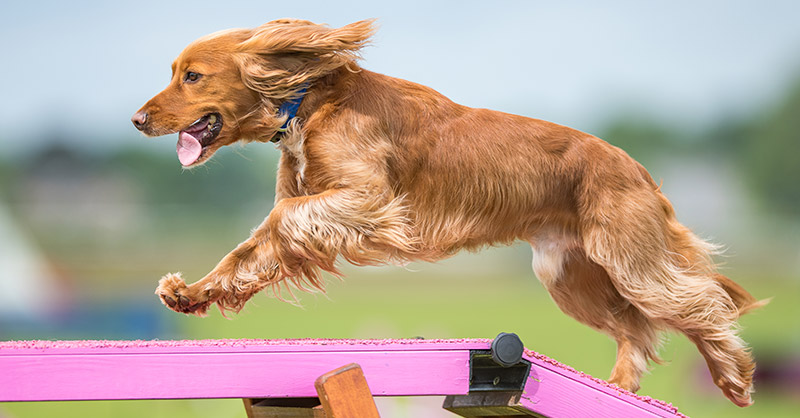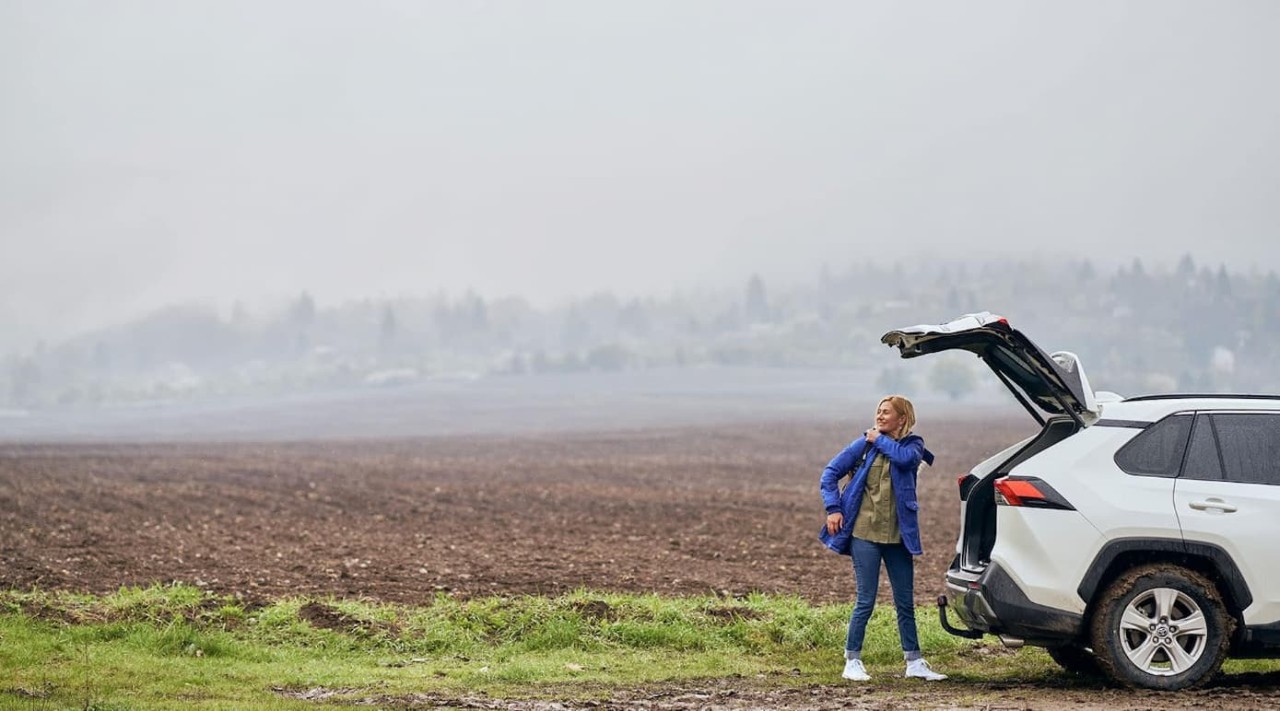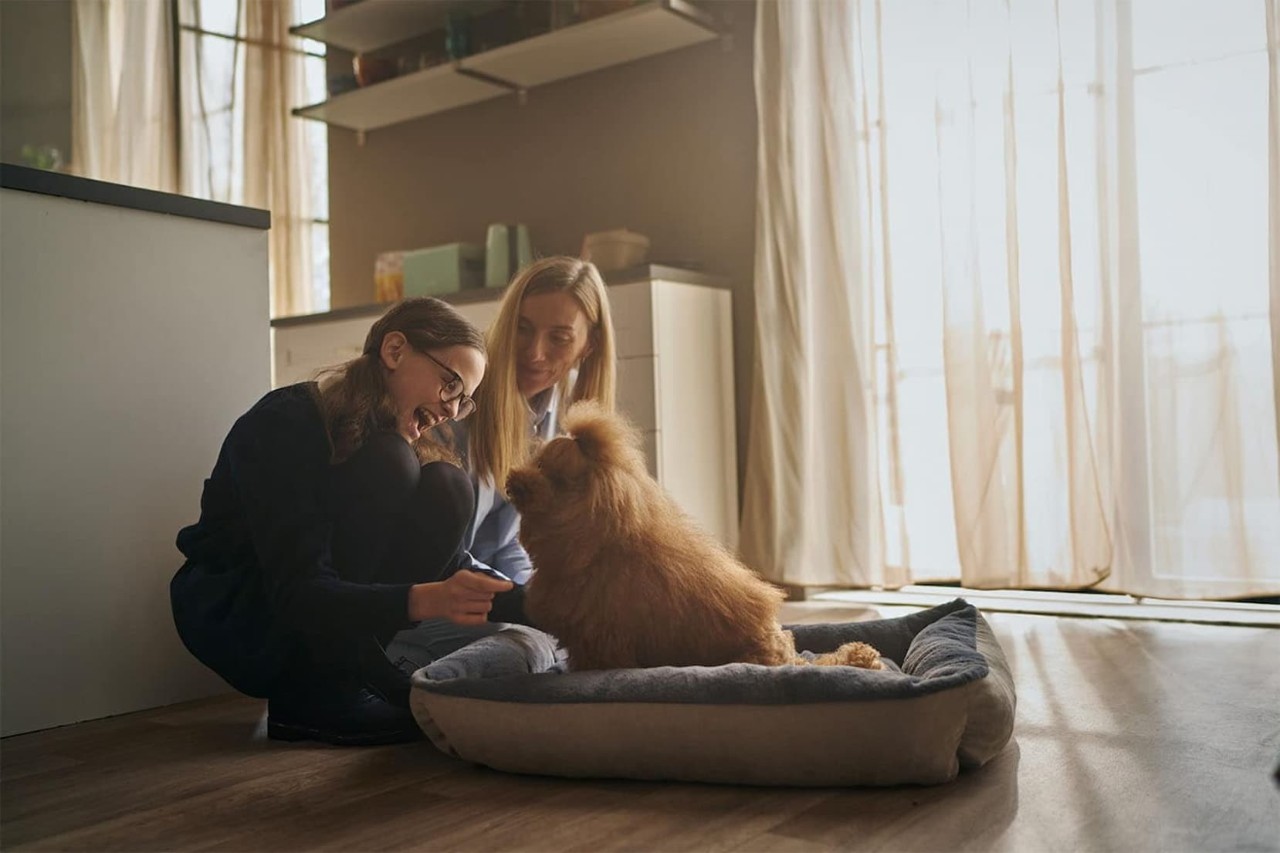by Angela Hickey | 3 min read October 31st, 2019
The History of Breeding in Ireland
In his book, “The Curious History of Irish Dogs”, author David Blake Knox describes how the story of dog breeding in Ireland goes back to ancient Celtic times when Irish Wolfhounds hunted alongside such famous figures as Fionn McCumhail. He names nine breeds of dogs who are native to Ireland and have played their part in the social and even political events of this country.
Two of these breeds are hounds – the Irish Wolfhound and the Kerry Beagle; three are gun dogs – the Irish Red and White Setter, the Irish Setter and the Irish Water Spaniel; and four are terriers – The Irish, the Kerry Blue, the Irish Soft Coated Wheaten and the Glen of Immal. Knox describes how, unfortunately, six of these nine breeds are now rated as ‘endangered’ by the Irish Kennel Club as modern Ireland moves towards current fashions in dog breeds.
Breeding for a Purpose
These native breeds were bred for a purpose: to maximise the skills and the physical traits which made them useful to their owners. The Wolfhound had to be fast enough to overtake a wolf and big and strong enough to kill one. When Cromwell decided to rid Ireland of its wolf population (which was achieved by the end of the 18th Century) there was then no longer a purpose for Wolfhounds leading to a corresponding decline in breeding, almost to the point of extinction.
Other breeds served humans by hunting, killing rats, guarding property and poultry, or herding cattle and sheep. They were mostly working farm dogs.
Urban Living
As the human population became more urbanised and industrialised our relationships with dogs changed and breeding became more about the appearance of the dog than its function, Dog Shows grew in popularity and introduced the various pedigree breeds to the larger public. The first modern Dog Show took place in Dublin in 1873, and in 1922 the Irish Kennel Club was formed. Up till then all dog events had to be licensed by the British Kennel Club.

Irish Breed Clubs established standards and guidelines for height, type of coat, and other features, some of which were quite arbitrary but eagerly bred for in the hope of achieving a Champion in the Show. These standards sometimes included docking tails and cropping ears (removal of part of the tail/ears), both of which are now illegal in Ireland. Stylised grooming of breeds like the Kerry Blue and Poodle was also introduced for Dog Shows.
Dog Breeding in Ireland Today
Modern Breeds
Pedigree Dogs in modern urban Ireland serve us as companions, friends, family members, therapy dogs, sight dogs, police dogs, drug detectors, and even fashion items. Alongside the established breeds, there are many new crossbreeds or ‘designer breeds’ such as the Cockapoo (Cocker crossed with Poodle), Labradoodle (Labrador crossed with Poodle) and the Cavachon (Cavalier Spaniel crossed with a Bichon).
Ireland now imports breeds from all over the world and also exports large numbers of pedigree dogs bred here. =However, there can be a high cost when particular breed traits in a dog become popular. In creating a pure breed there is a lot of selection (which can involve inbreeding) and culling (killing pups who do not fit the type required e.g. a red setter litter in which some pups have white spots). Inbreeding and selecting for certain traits can lead to genetic defects which can cause ill health and suffering.
For Example:
· Dalmatians’ spots are linked to a tendency to create uric acid crystals in their urine.
· Dwarf breeds with very short legs like Basset Hounds and Dacshunds are very prone to slipped discs.
· Brachycephalic dogs like pugs and French Bulldogs, so popular for their flat faces and protruding eyes, suffer terribly from respiratory difficulties.
Puppy Farming
Dog breeding has become a huge industry and Ireland has been referred to in the media as the ‘Puppy Farming Capital of Europe’ because of the large numbers of puppies churned out here for sale and export every year. Breeding bitches are kept in pens with poor quality of life and bred from repeatedly. Puppies are not socialised to normal human handling and are often inbred leading to many behavioural and genetic problems. The most popular breeds are bred the most due to high demand and high prices paid.
Dog Protection
The Irish Kennel Club and the Breed Clubs (with many members who a have great devotion to a particular breed) are working to minimise genetic disease within the breeds registered with them by screening etc. and encourage responsible breeding practices. Legislation has also moved in the right direction with the introduction of the Dog Breeding Establishments Act 2010, and is the start of regulation of breeding establishments in Ireland where more than six breeding bitches are on the premises.
It’s important to have a responsible approach to dog breeding and purchasing of purebred dogs to prevent welfare issues that can arise due to breed preferences. Buy only from reputable breeders and only give a dog a home if you are sure you can provide for their needs based on their breed, for the full duration of their lives. Dogs with genetic defects which compromise their wellbeing deserve the utmost care but should never be bred from to avoid passing on these defects to future generations.
This guidance is for general information purposes only. Allianz accepts no responsibility or liability for any losses that may arise from any reliance upon the information contained in this guidance.
Learn about Allianz Pet Insurance.
Information correct as of date of publishing. This blog will not be updated or edited so the information may become outdated.






